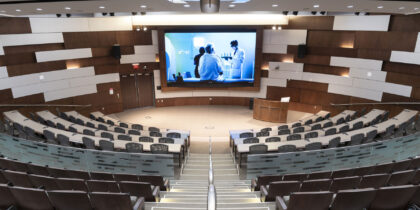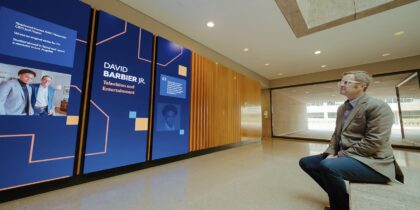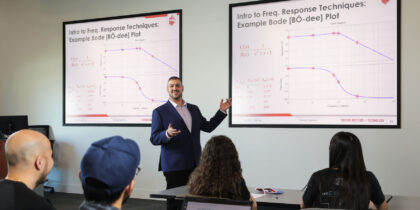As technology bridges the distances between nations and “flattens” our world, global awareness has become an increasingly important skill for students to develop — and virtual communities that connect U.S. students with their peers in other countries can help.
Education technology consultant Alan November often tells the story about his conversation with a senior executive at a global investment bank a few years ago, during which he asked the executive what the most important skill for today’s students to learn to succeed in the new global economy is.
“Empathy,” the executive replied — the ability to understand and respect different points of view.
Because of the global nature of most of today’s companies, the chances are good that at some point in most students’ careers, they’ll be working with — or doing business with — someone from another nation, who will bring to the table their own unique perspective and culture.
Finding smart employees is easy, the executive said. Harder to find are employees capable of empathizing with colleagues or customers from other parts of the world.
Virtual Communities Helping Students Develop Global Awareness
Understanding other cultures and perspectives, and learning to work collaboratively with people from diverse nations, religions and lifestyles “in a spirit of mutual respect,” are among the skills outlined in the Partnership for 21st Century Learning’s definition of global awareness, which is part of the organization’s Framework for 21st Century Learning.
Students in school systems across the U.S. are learning these skills by taking part in virtual communities to foster collaboration and develop global connections with students from other countries. Within these communities, U.S. students are using Chromebooks and other digital devices to learn about the current social and political conditions of other nations, interact with their peers from abroad, hear others’ perspectives firsthand and collaborate to solve global challenges.
The Boston public television station WGBH and its Design Squad Global initiative are creating virtual communities called “Design Squad Global Clubs,” where 8-to-13-year-olds in after-school programs around the world work together to solve real-world problems.
“By collaborating on engineering issues that are meaningful and socially relevant to people from different parts of the world, the young engineers and inventors in these clubs begin to discover that they are global citizens who can take action and make a difference in the world,” writes Marisa Wolsky, executive producer for the WGBH Educational Foundation, in EdTech Digest.
Here are some other virtual communities that aim to develop global connections between students in the United States and abroad:
- Global SchoolNet has been engaging educators and students in collaborative projects worldwide since 1984. The website has a registry of collaborative projects organized by topic, grade level and project date.
- iEARN, the International Education and Resource Network, is a global nonprofit network for students ages 5–19. iEARN has been facilitating student- and teacher-designed collaborative projects since 1988. More than 20,000 schools in 110 countries participate in about 250 iEARN projects covering all aspects of the curriculum, according to the U.S. Department of Education.
- TakingITGlobal is an online community for young people interested in making a difference in the world. It empowers students to connect with peers from around the globe to understand and act on the world’s greatest challenges.
When students participate in virtual communities, they learn lifelong skills that help them keep an open mind, connect with others and develop new ways of thinking and communicating.
Educational technology can help students achieve great things. Find out how students used innovation and forward thinking to solve real-world problems in their communities.







